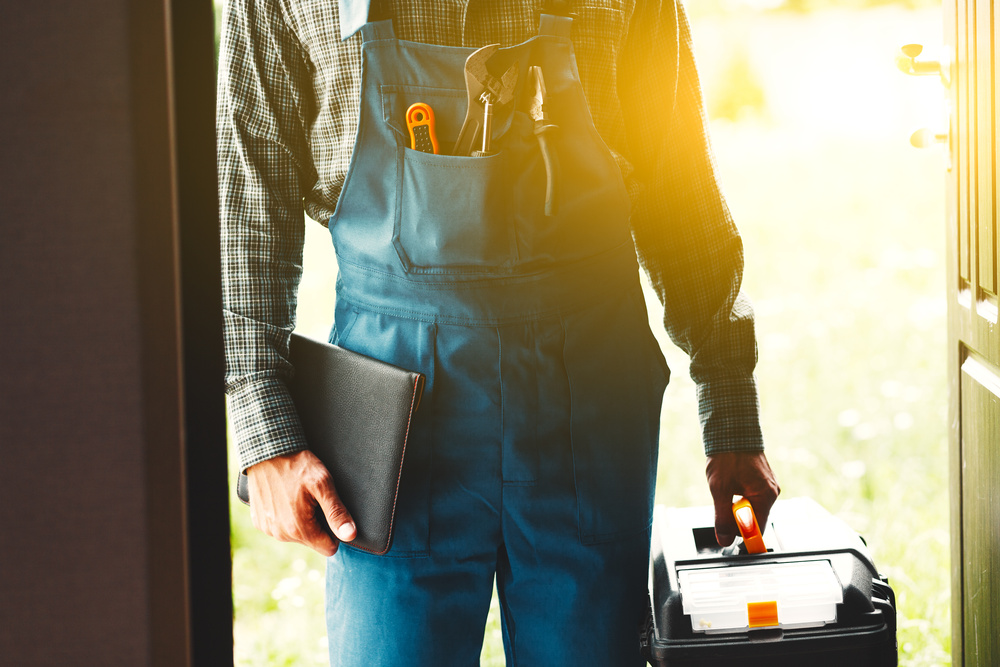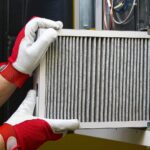Repairing pipes is one of the most dreaded tasks in house maintenance. Fixing plumbing problems often involves replacing old pipes. You’re correct in assuming that a new set of pipes is the standard method of fixing plumbing problems. In this approach, replacing a broken section of the pipeline will be as simple as changing burned-out light bulbs.
While changing a light bulb is simple and inexpensive, fixing broken pipes isn’t. It’s excellent that pipe relining exists as an alternative to the traditional methods of fixing broken pipes because it’s much simpler and less expensive.
The technique of pipe relining is still developing; thus, not everyone is aware of its existence. However, multiple skilled Plumber in Seven Hills are equipped with sufficient knowledge and equipment for pipe relining. This article will provide some context for this plumbing repair process and highlight a few points to keep in mind if you need this service in 2023.

What Is Pipe Relining
Pipe relining is a plumbing technique for repairing pipes that has been around for decades but is still underutilised. A crew of plumbers will need to excavate your yard to find the damaged line and install a new one if you have drainage problems.
However, unlike traditional excavation methods, relining pipes doesn’t necessitate excavation. A pipe relining expert must only drill a small access hole to reach your pipes. In the battle between relining and replacing broken pipes, relining comes out on top because it’s less expensive than replacement.
Additionally, inflating a tube coated with epoxy glue and inserting it into the broken pipe can repair it. The resin bonds to the tube when inflated to the same level as the pipe walls. A robust protective coating is formed, sealing the broken section of the pipe. Your sewage pipes will then look almost as good as new!
Moreover, cleaning the pipe is required before inserting the inflatable tube. Plumbers utilise hydro jet or electric drain cleaning. Pipes are inspected with CCTV drain cameras to determine if they’re ready for relining. The resin must harden when the tube is inflated and placed inside. After the resin sets, it seals the pipe from the inside.
To prove that the pipe relining process is preferred over the traditional solution, recent studies project the market size for pipe relining to increase from USD$8 million to USD$11 million by 2028.
Benefits Of Pipe Relining Over Traditional Pipe Replacement
The following are some advantages of a pipe relining project over the conventional method of pipe replacement.
- Faster Repair Process
When replacing the whole pipeline, traditional pipe replacement may take days to dig and clean up. Alternatively, in most cases, relining a pipe can be completed in less than a day, making it the best option for folks with hectic schedules or who’d rather spend time with loved ones than repair a plumbing issue.
If the broken pipe’s location is near or at your establishment’s location, you have to consider the losses incurred for not being able to open up shop. However, as long as you employ capable and skilled plumbers, you can whole-heartedly trust their process to handle the job efficiently; close supervision won’t even be necessary. Every step, from setting up to clearing a way, will be taken care of by them. In the hands of trained experts, repairing pipes is a breeze.
- No Excavation Needed
Pipe relining should be considered if you wish to lessen the stress and hassle of repairing pipes. As a result of the ease and simplicity of pipe relining, you and your neighbours ot customers will experience minimal inconvenience. Pipe repairs that necessitate digging up the area could disrupt the neighbourhood.
There won’t be any digging involved with pipe relining because you only have to make a few small holes to place the lining. There’s minimal disruption caused by the pipe repairs, even if the broken pipes span a wide area.
- Cost-Effective Option
If you need an affordable and reliable solution to fixing your broken pipes, pipe relining is your best bet. Costs associated with this method are lower than those associated with a full pipe or sewage line replacement. It’s not free to dig up the dirt, put everything back where it came from and clean up the mess. A pipe that has been relined correctly can last for decades, so the cost of any future repairs will be kept to a minimum.
- Durable And Long-Lasting
Some skepticism about the lining’s efficacy and longevity is understandable, given that you aren’t replacing the old, broken pipes with new ones. However, repairing damaged pipes with pipe relining is a permanent solution. It’s the same as pipe replacement, only with higher-quality components. Pipes that have been damaged will be lined with long-lasting materials. If you do this, your pipes will be superior to standard PVC pipes.
These lined pipes are seamless and have a high resistance to corrosion because of the combination. Even leaks and cracks caused by tree roots and corrosion won’t be able to damage these materials.

Takeaway
Hopefully you’ve gained further insight regarding the advantages of going through a pipe relining solution instead of the traditional method. If you value your budget and convenience then pipe relining is the way to go.
To answer the article’s main question, it should be yes, especially if you’re currently troubled by a broken pipe. You can also consider having your pipelines checked if you experience any plumbing problems, whether small or significant.
Prevention is better than cure; it’d be best to have a yearly or every two-year checkup with your local plumber to prevent any significant issues. Do your due diligence and always observe the condition of your pipes to ensure nothing gets too worse.






